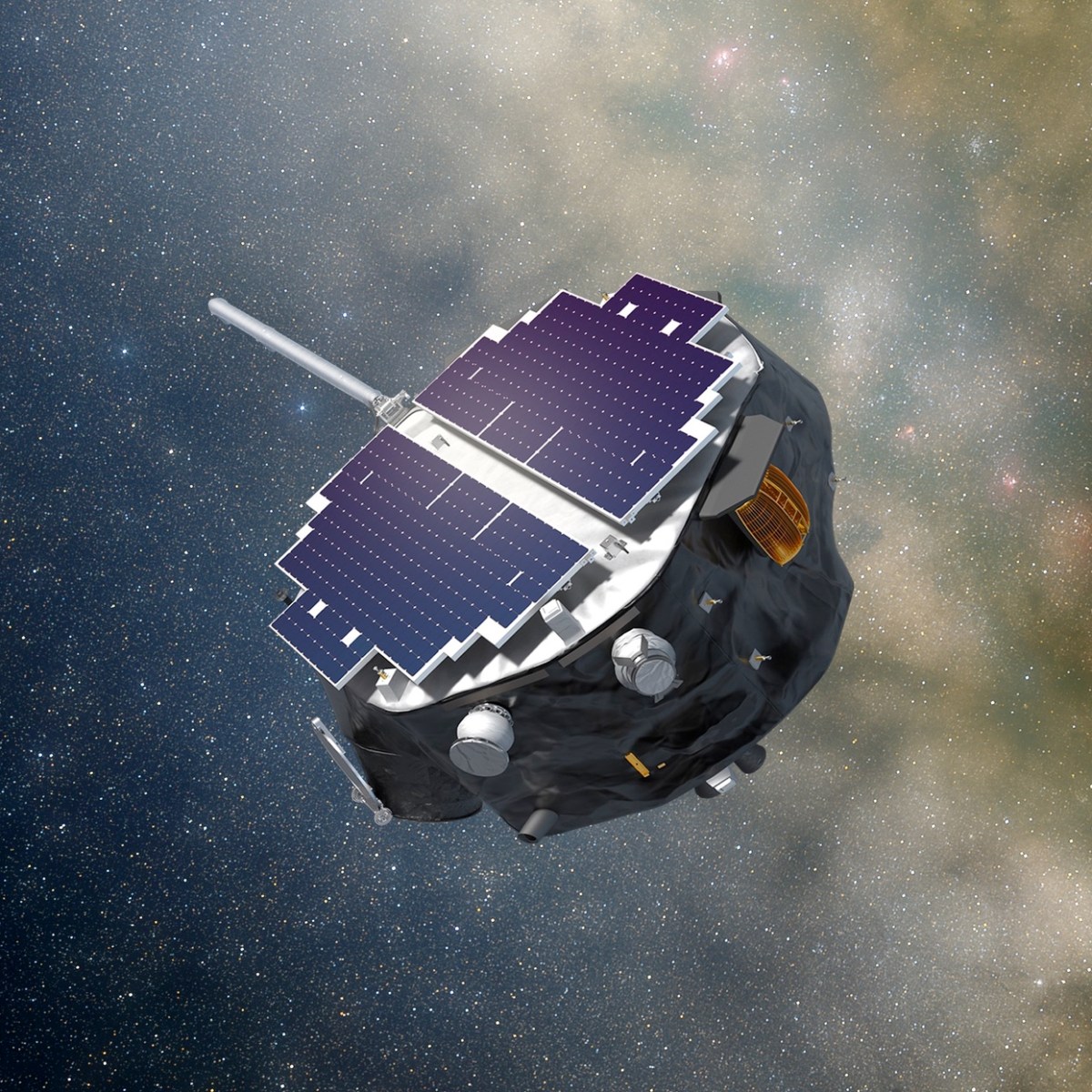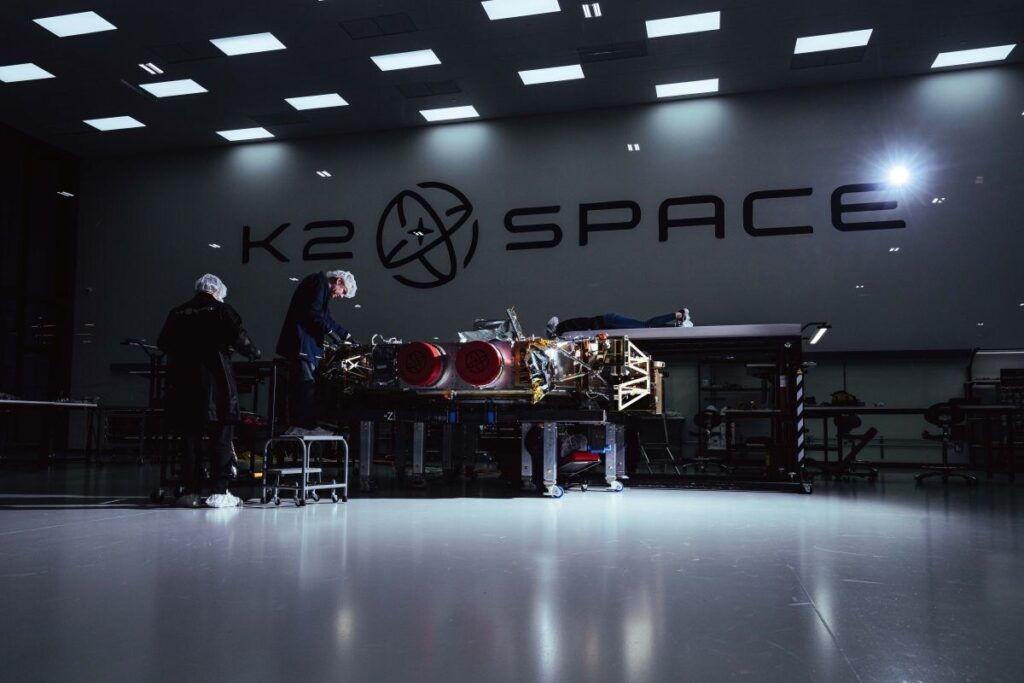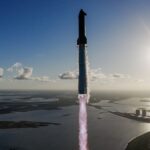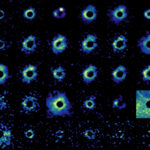Now Reading: NASA delays launch of heliophysics missions
-
01
NASA delays launch of heliophysics missions
NASA delays launch of heliophysics missions


WASHINGTON — NASA is delaying the launch of three missions to study the sun by several months because of issues with the primary payload.
In a statement issued after the close of business Dec. 20, NASA announced the launch of its Interstellar Mapping and Acceleration Probe (IMAP) spacecraft on a Falcon 9, previously scheduled for the spring of 2025, had been pushed back to no earlier than September. The agency said only that the delay gives “additional time for IMAP flight systems preparations prior to launch.”
A Dec. 18 preview by NASA’s Kennedy Space Center for 2025 mentioned that IMAP would launch in “late 2025” but was not more specific.
IMAP will operate from the Earth-sun L-1 Lagrange point, 1.5 million kilometers from Earth in the direction of the sun. It will study the heliosphere, the magnetic bubble created by the sun that shields the solar system from interstellar particles. It will also examine the solar wind.
“IMAP is a mission that has two halves,” said Joe Westlake, director of NASA’s heliophysics division, during a town hall session at the annual meeting of the American Geophysical Union Dec. 9. The mission, he described, will explore the heliosphere and local solar neighborhood but also has a role “safeguarding humanity” by monitoring solar weather. In that presentation he offered no hint of any delay in the mission.
IMAP was once scheduled to launch in 2024 but has slipped several times. In November 2023, NASA delayed the launch from February 2025 to April or May 2025 after completing a review called Key Decision Point D, stating that then delay would “ensure that the project team has adequate resources to address risks and technical complexities during system integration and testing.”
The delay in IMAP affects two other missions flying as rideshare payloads on the launch. One, the Carruthers Geocorona Observatory (formerly known as Global Lyman-alpha Imager of the Dynamic Exosphere or GLIDE), will study the outermost region of the Earth’s atmosphere, the exosphere, from the Earth-sun L-1 point. Space Weather Follow-On (SWFO) L-1 is a National Oceanic and Atmospheric Administration mission to monitor solar weather from the Earth-sun L-1 point for operational purposes, including space weather forecasting.
“With this mission, we’re leaning into the ability to take rideshares,” Westlake said at the town hall meeting, “to look at the ability of each launch to squeeze as much science as we can on every chance to get off of this Earth.”
The launch, awarded by NASA to SpaceX in 2020, originally carried two other rideshare payloads. One, a solar sail mission called Solar Cruiser, failed to advance to phase C of its development because of technical issues and was terminated in 2023. The other, the Lunar Trailblazer lunar orbiter, was moved off the mission in 2022, with NASA instead purchasing a rideshare launch slot on the IM-2 lunar lander mission by Intuitive Machines.
NASA said at the time it moved Lunar Trailblazer off the IMAP launch to avoid delays, hoping at the time that IM-2 would launch in 2023. That mission is instead scheduled to launch no earlier than February 2025.
Stay Informed With the Latest & Most Important News
Previous Post
Next Post
-
 012024 in Review: Highlights from NASA in Silicon Valley
012024 in Review: Highlights from NASA in Silicon Valley -
 02Panasonic Leica Summilux DG 15mm f/1.7 ASPH review
02Panasonic Leica Summilux DG 15mm f/1.7 ASPH review -
 03How New NASA, India Earth Satellite NISAR Will See Earth
03How New NASA, India Earth Satellite NISAR Will See Earth -
 04From Polymerization-Enabled Folding and Assembly to Chemical Evolution: Key Processes for Emergence of Functional Polymers in the Origin of Life
04From Polymerization-Enabled Folding and Assembly to Chemical Evolution: Key Processes for Emergence of Functional Polymers in the Origin of Life -
 05And Thus Begins A New Year For Life On Earth
05And Thus Begins A New Year For Life On Earth -
 06Astronomy Activation Ambassadors: A New Era
06Astronomy Activation Ambassadors: A New Era -
07SpaceX launch surge helps set new global launch record in 2024




















